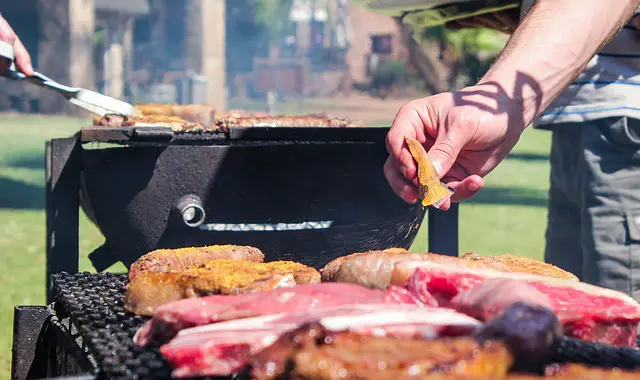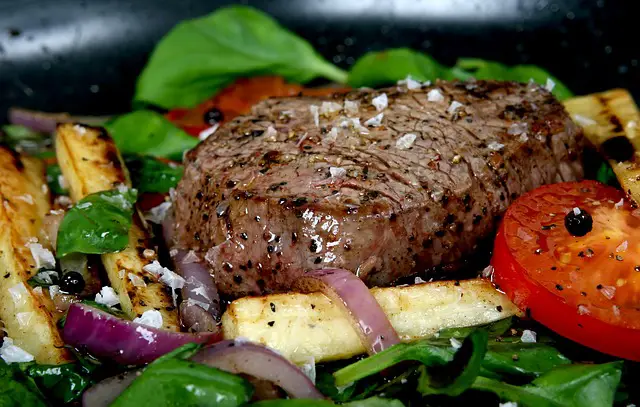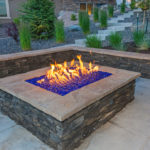All grills are susceptible to wear and tear despite the quality of build and material because the nature of their job has them constantly taking a beating. Therefore, it is important to determine whether a grill you are eyeing will stand the test of time or fall apart before the end of the season. Longevity is actually a key criterion used in determining the quality of a grill.
A grill’s durability is dependent on several related factors starting from how it was made, how it is used, and the care it receives. This article delves into the details of these variables based on submissions from our pitmasters to come up with estimates of the lifecycles of different grills.
We will explore what makes grills last longer and advise on how their service can be extended further, so it can be used for all future backyard picnics.
Estimating How Long a Grill Should Last

Construction Material
The construction material determines how much punishment the grill can bear before it crumbles. It is meant to endure extreme temperatures, smoke, the weight of the food, and possible corrosion from moisture and food juices. Below are some of the common materials used:
Coated Steel and Aluminum
These materials are used in entry-level grills. The coating provides protection against corrosion and heat damage and can be in the form of paint or powder. It will eventually wear off from the extreme conditions and allow corrosion, starting from the edges, joints, and bolts. Their expected lifetime is usually 5 years.
Enameled Steel
This steel has been subjected to a more permanent binding treatment than coated steel, making it more colorfast, easier to clean, and resistant to rust and corrosion. These materials will last upwards of 7 years.
They, however, also get chipped and scratched in normal use, exposing the metal inside to air and creating an entry point for corrosion. They will last much longer if handled with care and covered when not in use.
Cast Iron
This is another weatherproof material commonly used on smaller grills. It is not corrosion resistant but can be seasoned with olive oil, which fills up its pores to delay corrosion. Quality cast iron can last for decades, although most small grills are subjected to extra wear and tear from constant movement. They will typically provide 5 years of service before rust buildup becomes a problem.
Stainless Steel
Stainless steel grills are at the top of the ladder and make the longest-lasting grills. A stainless steel grill has been specifically forged to resist corrosion and given the right thickness and construction and a good grill cover, the grill should last upwards of 10 years. It also has an aesthetic appeal that maintains for long periods of time, and it can handle the heat impressively.
Other Components of the Grill
When contemplating longevity, you need to factor in burners, cooking surface, stands, the grill grate, and other functional grill parts.
The best burners are forged from stainless steel because the material can handle extreme temperatures, grease, corrosive juices from vegetables and seasoning, and moisture. They will typically last up to 5 years and can be bought separately for replacement.
The cooking surface you find will alternate between stainless steel and cast iron. When properly taken care of, they can last a lifetime. Enameled cast iron will give you up to 10 years if you clean and season it regularly.
The parts are prone to failure before the body. Most of them are replaceable, but sometimes replacing everything might surpass the price of a good grill. Go for the best quality you can afford to increase the lifespan of your unit. You should also invest in a good grill cover as well.
The more durable the material is, the pricier the grill will be, so a balance needs to be struck between this and your budget. Many grills have a combination of materials for the different parts, which results in their prices being somewhere in the middle, depending on the concentration of the different materials. Consider what the burners and cooking surfaces are made of as well.

Different Types of Grills
The utility of the grill also has a bearing on the conditions it will be subjected to.
Charcoal Grills
Charcoal grills have the simplest design in comparison to other gas grill options, which should extend the expected service life, being less prone to damages. A charcoal grill also has the highest capacity to produce heat and can reach up to 700˚F.
Together with the smoke produced, this heat takes a toll on the charcoal grill, accelerating the damage rate. It also requires the skill to fire up and regulate temperature; heating up takes time, so does cooling down. They typically serve for 5 years before developing symptoms of wear and tear.
Gas Grills
Compared to a charcoal grill, a gas grill is more feature-packed, meaning more items to be damaged, which could significantly reduce its life expectancy. That being said, a gas grill is built to last longer with better regulation of temperatures and a lack of fuel waste to aid corrosion.
The heating of a propane grill peaks in the 400 to 600˚F region, meaning the propane grill is cooler than a charcoal grill at its peak. Quality units come with warranties of up to 10 years.
Electric Grills
Electric grills also have advanced temperature control; they are smaller in size and heat up quickly. They are also easy to clean because there is no fuel waste. Despite this efficiency, they are sensitive and should be handled with care. They give up to 5 years with proper care.
Pellet Grills
Pellet grills have a projected life expectancy of between 6 to 10 years. They maintain a constant even temperature while cooking. With proper care, quality pellet grills like those reviewed here [link to best pellet grill article] will give even more than 10 years of service.

There is no straight answer to how long a grill should last, but you can extend the service life of your grill by taking good care of it. Invest in a grill cover to protect it from the elements when it’s not in use and move it to the garage or shed during winter. Clean out the ashtray and wipe the cooking surface to minimize opportunities for corrosion damage. Also, invest in a quality grill brush so you can clean the cooking grate after every use.





